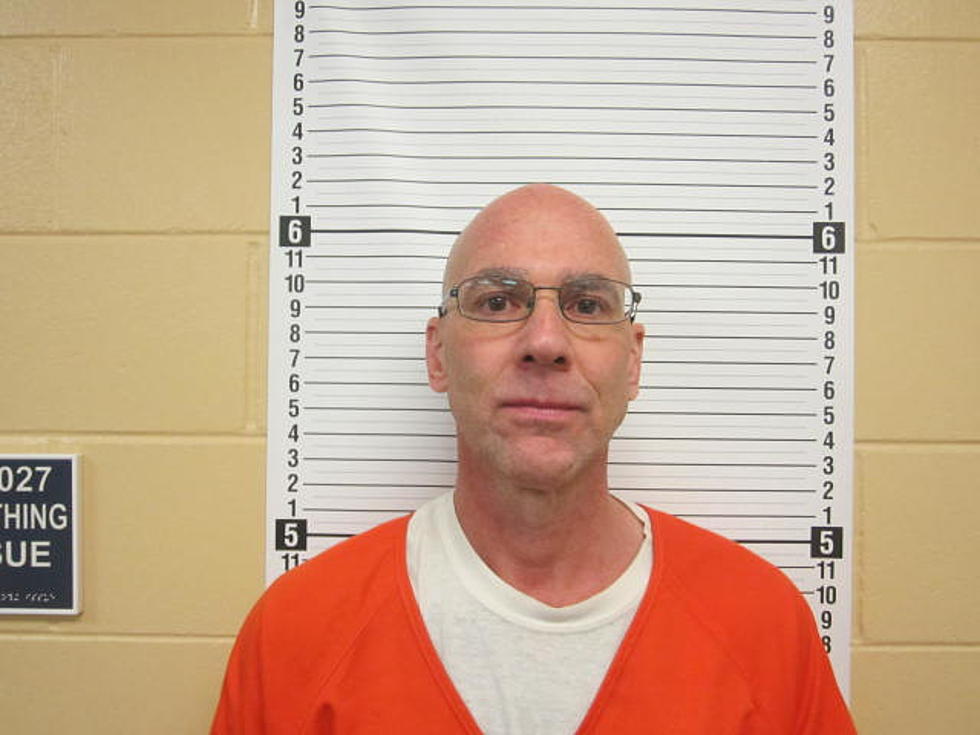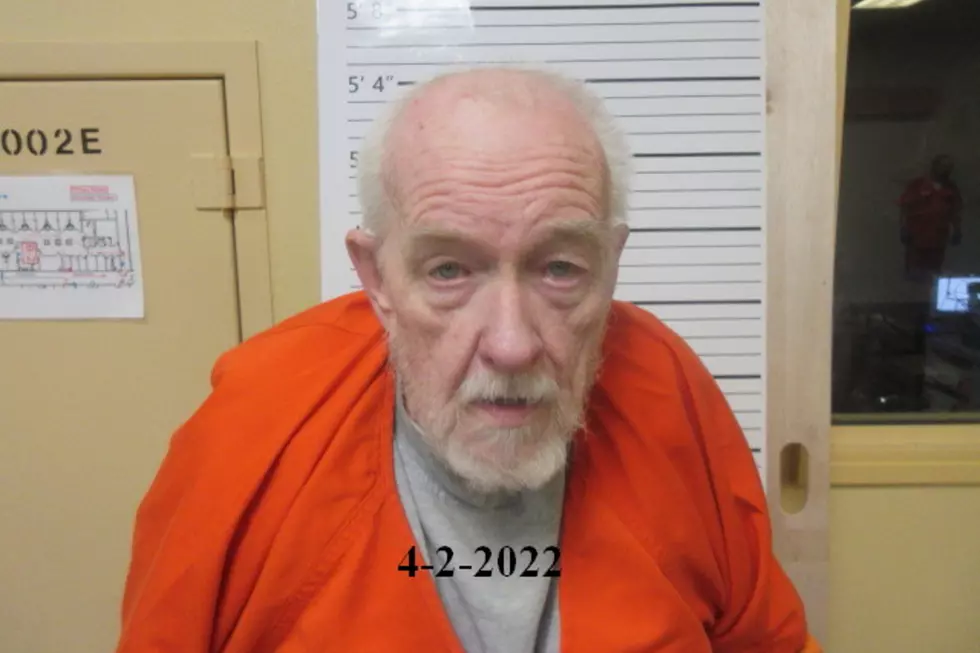Wyoming Tackles Inmate Re-entry Program
At some point, 1,800 of Wyoming's 1,900 inmates will probably leave prison and become your neighbors and coworkers.
With that in mind, Wyoming Department of Corrections officials are fostering multi-agency think tanks to ensure ex-cons can access social services, treatment and other resources on the outside.
"We know what we're doing on the inside, and know where we can still grow," said Christy Hahn, Re-entry Program manager for the department. "We're trying to find out what resources aren't being used or are (being) overused."
In early November, a statewide re-entry task force including members of 14 state, county and city agencies met for their first quarterly meetings in Cheyenne.
"It's senior level committee, with the directors or deputy directors of each department or private agency," Hahn tells the Rawlins Daily Times . "These are the people who can make the changes within their own systems."
"We've worked with some of these partners before, but there are some new faces at the table," Hahn said.
The group includes representatives from the Governor's Office; state Corrections, Family Services, Workforce Services and Health departments; Wyoming Office of Victim Services, Wyoming Association of Municipalities, Wyoming Parole Board, Wyoming Community College Commission, Cheyenne Police Department, Wyoming Association of Mental Health and Substance Abuse Centers, The Cheyenne Housing Authority, Laramie County Sheriff's Office and Second Chance Ministries/Faith-Based Community.
The task force oversees six work groups that begin meeting every other month in January 2012.
The task force plans to address six issues, each of which has its own work group:
— Housing. Hahn said challenges include finding sober-living environments, sex offender housing and affordable or low-income housing.
— Employment and education. Livable-wage jobs and real-world vocational training behind bars are two hurdles, she said.
— Treatment. Hahn identified continuity of care and service arrangement before release as vital issues.
— Positive supports. Family reunification efforts and peer mentoring are top priorities, Hahn said.
— Front-end, jail programming. Hahn: This involves services for people in jail who could either return to the community or end up in a state prison.
— Resource, service and datum share. She said shared forms could reveal redundancies and other inefficiencies.
"The oversight committee will have final say over what we're going to do," Hahn said. "Most changes will be made statewide, but may only affect certain communities."
The exception could be the front-end, jail programming.
"That's an interesting one that was suggested by the jail folks," Hahn said, adding, "We may try a pilot (program) at the Laramie County Jail and expand that out, depending how it goes."
The Department of Corrections started an in-house group to address a similar issue in September 2010.
"Of course, that kind of work is never truly finished," Hahn said. "We've got to have the quality assurance and assessments for what we've changed and improved."
One of the first changes was an online pool of resources for released inmates. It's on the eighth link on the department's website — http://doc.state.wy.us.
"We've also made our pre-release program mandatory and added a technology component," Hahn said, referencing a life skills-type class. "Some of these guys have been locked down a long time, and just think of how much technology has changed in the last three years. We have to train them how to use a cellphone, an ATM and the self-checkout at the grocery store."
Prison, public and private agency coordination may help reduce recidivism rates - the percentage of inmates who end up behind bars again - notes a 2011 report from the Pew Center on the States.
From the executive summary:
"Prisons, of course, are not solely responsible for recidivism results. Parole and probation agencies, along with social service providers and community organizations, play a critical role."
The 2011 report, released in April, puts Wyoming second lowest, nationally, in terms of three-year recidivism rates for inmates released in 2004.
The national figure is a hair over 43 percent, or about 40 percent excluding California, "whose size skews the national picture," the report notes.
The only states with fewer than 1,000 inmates released in 2004 were North Dakota, Rhode Island and Wyoming, which had 40 percent, 31 percent and 25 percent rates, respectively.
Oregon had the lowest rate with just below 23 percent.
___
More From K2 Radio









